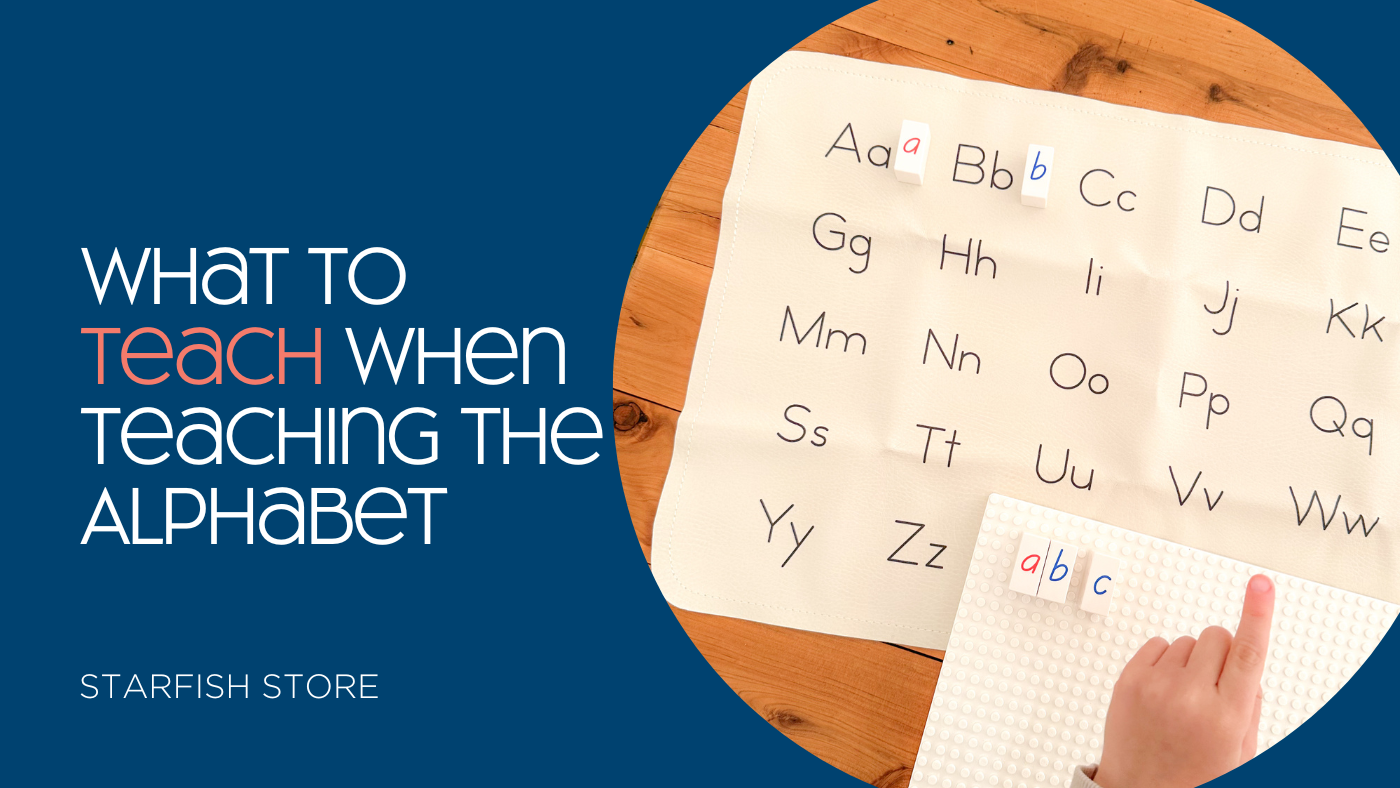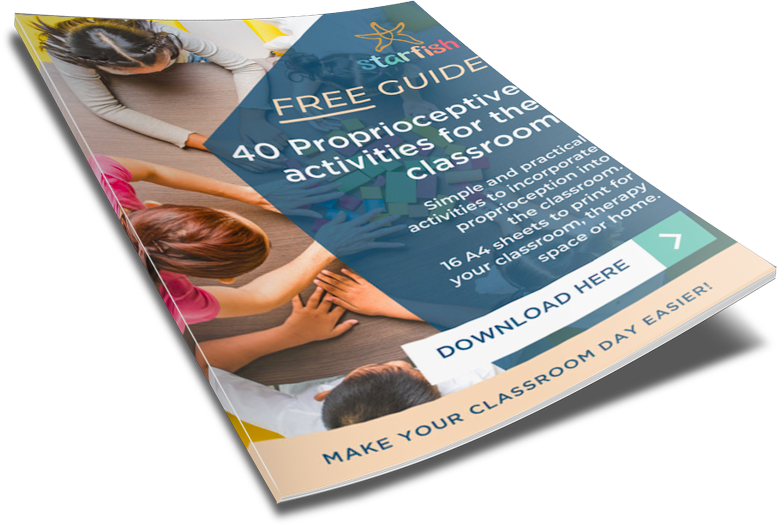Your Cart is Empty
Need your order by Christmas? Last day for standard shipping is Friday 10am

Using a synthetic phonics approach to teaching reading (where children learn the sounds of letters and then join them to “read” words) is proven to be one of the most effective methods of teaching children to read.
Children need to know the sounds of the alphabet.
If your child is expressing interest in letters and print, then capitalise on the opportunity. If your child is showing absolutely NO INTEREST as a preschooler, then please do not force it.
Instead:
The goal is your child will recognise all the letters of the alphabet (lower and upper case), know the letter name and all the sounds each letter represents.
Start by teaching the common sounds represented by letters (not just the name of the letter).
It is absolutely fine to teach both letter sound and name at the same time, but it is critical a student knows the primary sound (in early stages of learning to read).
Focus on lower case letters first, but once again, it is absolutely fine to teach both lower case and upper case versions, together.

Gone are the days we teach one letter a week. That takes far too long.
Instead, teach multiple letters at a time (in a week), and then circle back multiple times to reinforce them over the following weeks and months. The exception to this is when a child is having significant learning difficulties.
In this case, assess which letter sounds your child already knows, and only add ONE new letter sound at a time. Follow the recommended order below.
We sacrifice therate at which we teach foraccuracy. Generally, it is far more effective and important to be strength and success based when working with children who are experiencing learning difficulties.
Focus on common, simple sounds that will be useful when blending.
For example, introduce letters likes, a, t, p, i, n first, as they can form many simple words likesat andpin. There are 18 possible 3 letter words in total.
Once your child knows a few letter sounds, they can START reading (decoding) consonant-vowel-consonant words.
In addition to this, also tap into a child’s interest and connection to certain letters/sounds such as the letters of their name.
We have a blog post that goes into more detail about the order to teach the alphabet letters/sounds. Click HERE for blog.
Some letters represent multiple sounds.In all cases, teach the most common sound first.
The vowel letters - teach the “short” vowel sound first.
A - ant (not angel)
E - egg (not emu)
I - insect (not ice-cream)
O - octopus (not oval)
U - umbrella (not unicorn)
Other tricky letters:
C - teach the hard sound (as in cat) NOT the soft sound (as in circle)
G - teach the hard sound (as in goat) NOT the soft sound (as in giraffe)
X - it is preferable that we teach the common sound, for that reason we recommend using words such as fox or box (as opposed to xray)
The exception to this, is the letter “y” as we teach the consonant sound first, despite the vowel sounds occurring more frequently (as in my, funny, myth)



Teaching the alphabet through synthetic phonics sets children up for reading success by emphasising sound blending and decoding skills. With the right tools and techniques, your child will develop confidence and joy in reading.
Explore our curated educational products designed to support early literacy at The Starfish Store.
Kirstie Wishart M.Ed (Special Education).
Owner and founder of The Starfish Store. Kirstie’s professional life has included: teaching (in both public and private schools in Australia, New Zealand and Thailand), lecturer and subject coordinator at the University of Wollongong, Educational consultant (working with children and young people with a trauma background), OoHC Case Work Manager, and Specialist Tutor (working with children and young people with significant learning difficulties and/or disabilities).

40 Proprioceptive activities for the classroom. Simple and practical activities to incorporate Proprioceptive into the classroom. 16 A4 sheets to print for your classroom, therapy space or home.